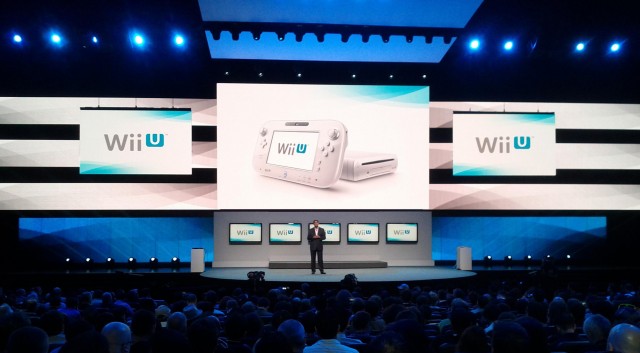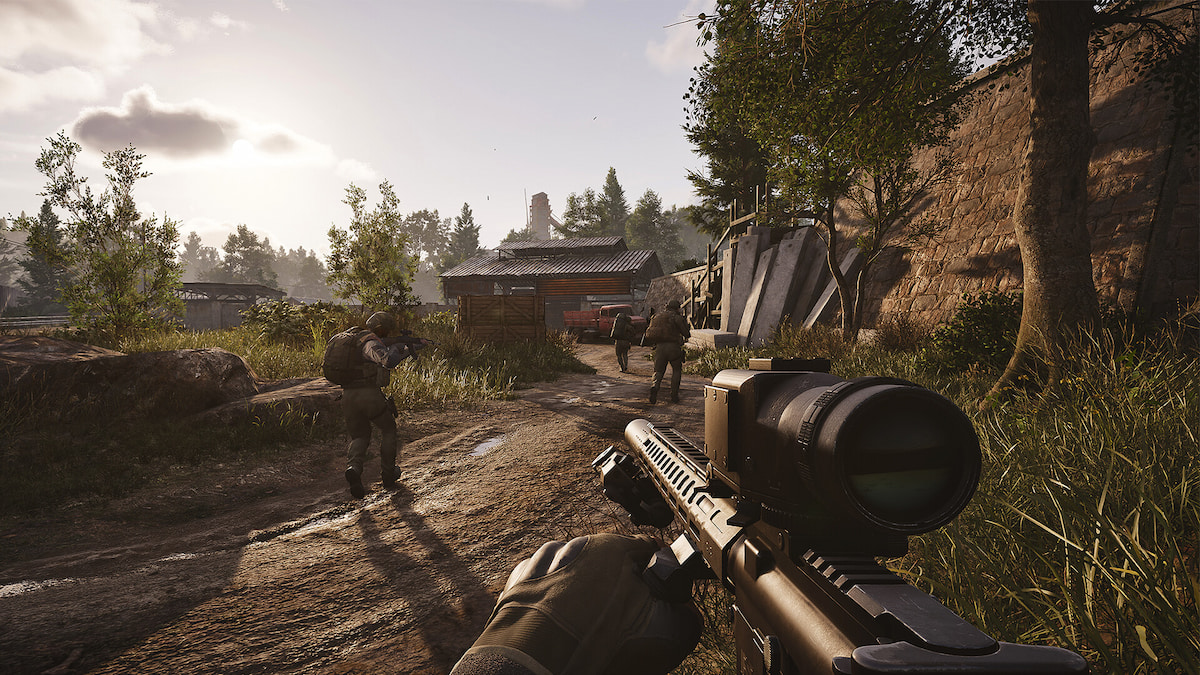The PlayStation Vita
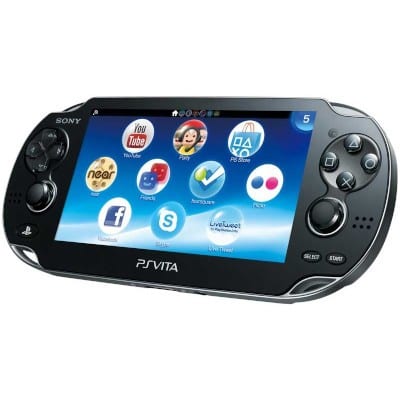
If you thought Sony was going to be let off the hook, you may have forgotten about this little gem. Funnily enough, I forgot as well, and was about four paragraphs into a retrospective on SEGA’s death as a hardware manufacturer to close out this article.
But the Vita is Sony’s biggest blemish on an otherwise pristine record, and the fact that it’s so easily disregarded is a testament to exactly how it failed to deliver.
The PlayStation Portable was quite the hardware sales juggernaut, moving over 81 million units in its lifetime, good for 10th overall in console history. It doesn’t get as much recognition for a couple of reasons; chiefly, because its direct competitor, the Nintendo DS, went on to become the bestselling handheld console of all time at almost 155 units, trailing only the Sony’s PS2 for the highest ever.
A deeper dive also reveals that those hardware sales ought to be taken with a grain of salt, as the PSP had a fairly poor tie-ratio. In other words, the amount of games sold compared to systems sold was low, especially when measured against the impressive tie-ratios of Sony’s home consoles. By today’s standards, it’s something of an outdated metric, and Nintendo has begun to shift away from it, but it’s still an interesting tidbit.
Digression aside, the PlayStation Vita, like the other consoles we’ve covered so far, had the chance to make its impact in a previously prohibitive market. Nintendo’s strength in the handheld arena was perhaps its most impenetrable wall, a fact that has been proven generation after generation, but here we had an industry giant that looked to do the unthinkable with its second attempt.
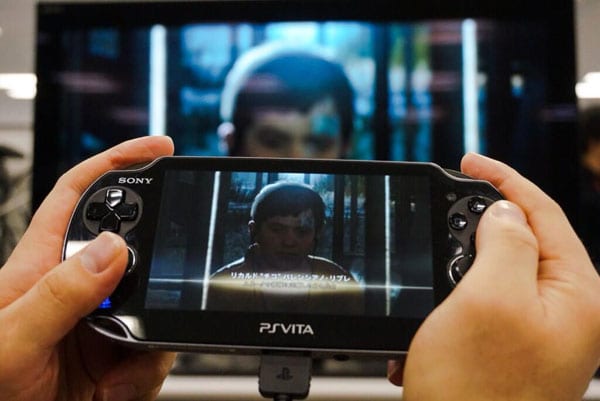
As was true in the DS vs PSP debate, Sony clearly had the stronger hardware in the Vita, and as you may recall, the 3DS got off to an absolutely dreadful start. Nintendo had to pivot boldly from optimistic to apologetic, slashing the price within the first six months and appeasing early adopters with free virtual console games.
Never before had Nintendo appeared so vulnerable, and this was Sony’s opportunity to go for the jugular and bury their rivals once and for all. When the Vita launched a few months later however, it had its own concerns to deal with.
It launched at a cost of $250 USD — reasonable considering the advanced tech, albeit the exact same figure that Nintendo had so hastily reduced to $170 — and sold a little over 1.2 million global units in its first week, fewer than the PSP, the DS, or the 3DS had managed.
Sony remained stubborn on this front despite missing their sale projections in the handheld’s first year, and it wasn’t until August 2013 they announced their own price cut in North America, reduced to an RRP of $199.
By this time, the 3DS had pulled up from its tailspin with a string of solid titles, and offered more bang for less buck. To help twist the knife, Nintendo then released the 2DS that October at a price point of $130 USD.
Combined with consumers’ distaste for its expensive, mandatory memory cards and a lack of killer apps, the Vita was in trouble, and needed a serious kickstart to bring it back into contention. It had all the framework in place; as The Verge’s Sam Byford so boldly put it, “the PS Vita is the best handheld console ever made; it’s just had the misfortune to arrive at a time when no-one — not developers, not consumers — seems to want one.”
What happened next was nothing short of miraculous, as Sony effectively walked away from its floundering handheld with a shrug of indifference, and turned their efforts towards the PlayStation 4. In much the same way the Virtual Boy was left for dead to make way for the Nintendo 64, the Vita was left to its own devices, with incoming software quickly reducing to little more than a yearly trickle. By 2015, they had stopped producing first-party titles altogether.
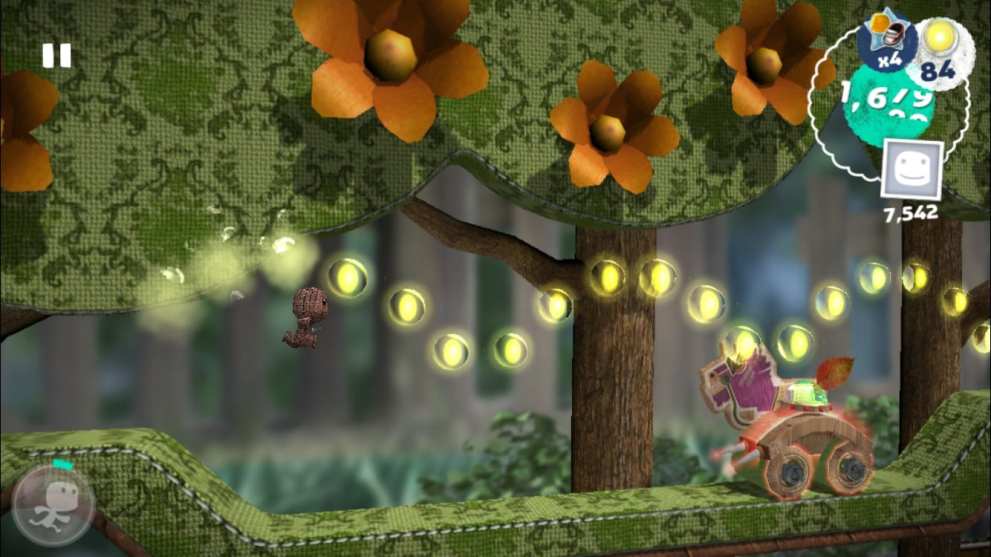
For the next few years, the PlayStation Vita was kept afloat by indie titles and continued support in Japan, until they finally pulled the plug last year.
Perhaps wisely, Sony stopped releasing individual platform sales in 2013, masking the Vita’s tepid numbers as the company prepared to shuffle it off into an early grave. Its estimated sales figures put it somewhere in the realm of 10-15 million, unenviable territory shared by such luminaries as the SEGA Game Gear or the Wii U. The 3DS, meanwhile, has eclipsed 75 million units as it settles into retirement.
Sony’s reluctance to stick with the Vita during its hardship was its greatest undoing, and a stark contrast to what Nintendo chose at the same juncture. Considering the raging success of the PS4, it’s not of any particular concern to Sony, but for those passionate few who so wanted to see it succeed, it evokes quite the feeling of abandonment.
I think Ed said it best last year when things were winding down, “the PS Vita has survived this long in spite of Sony, not because of them.”

